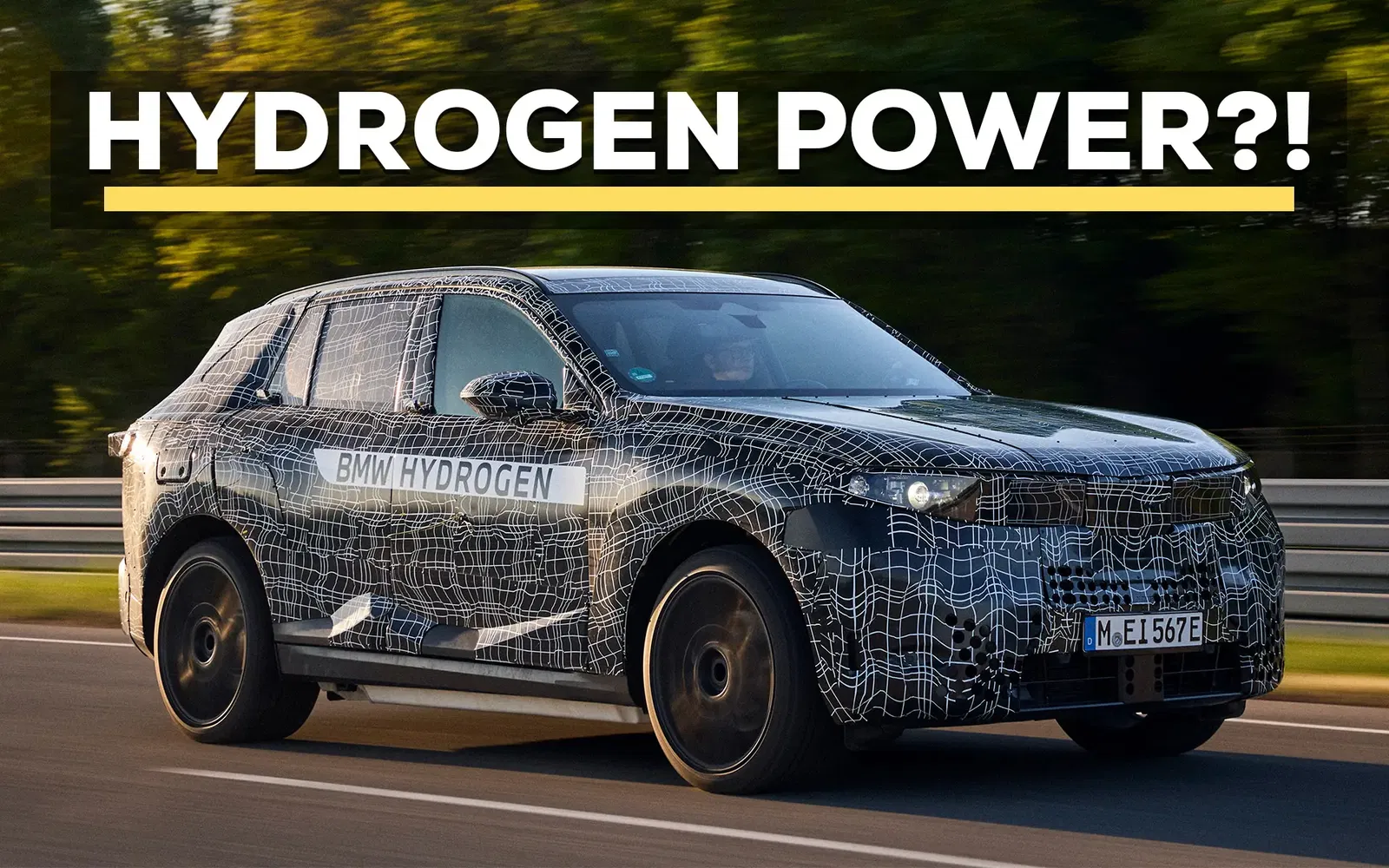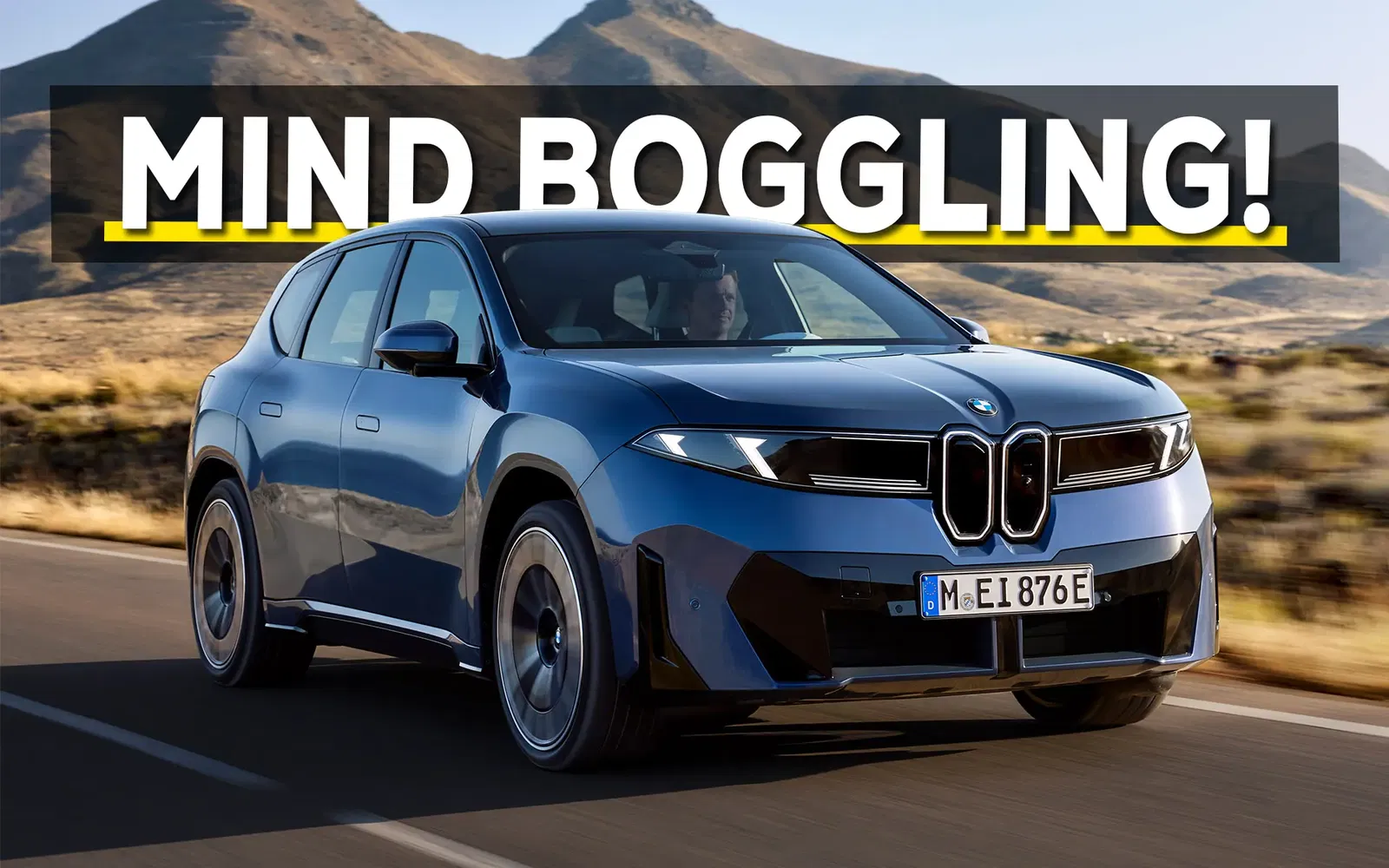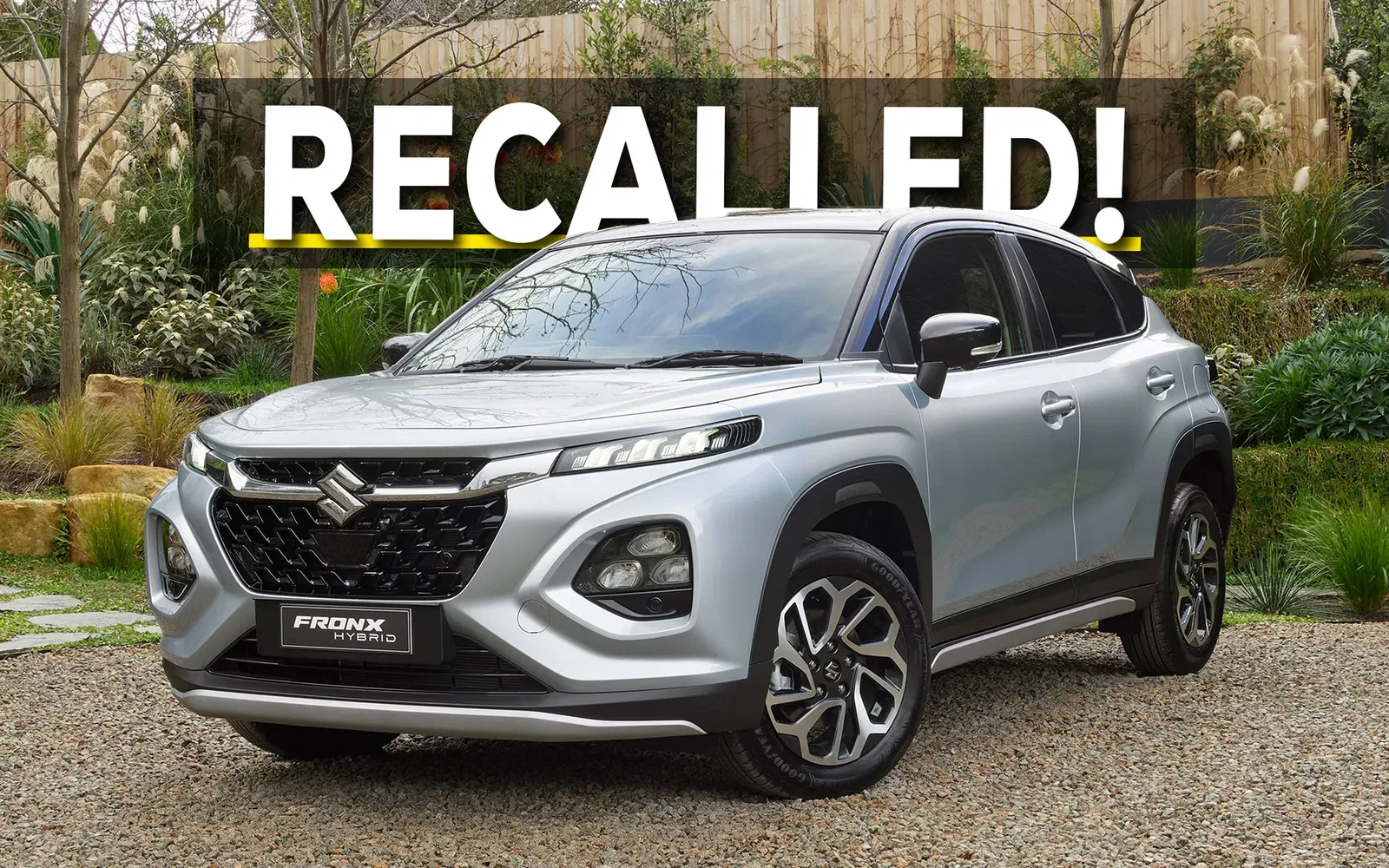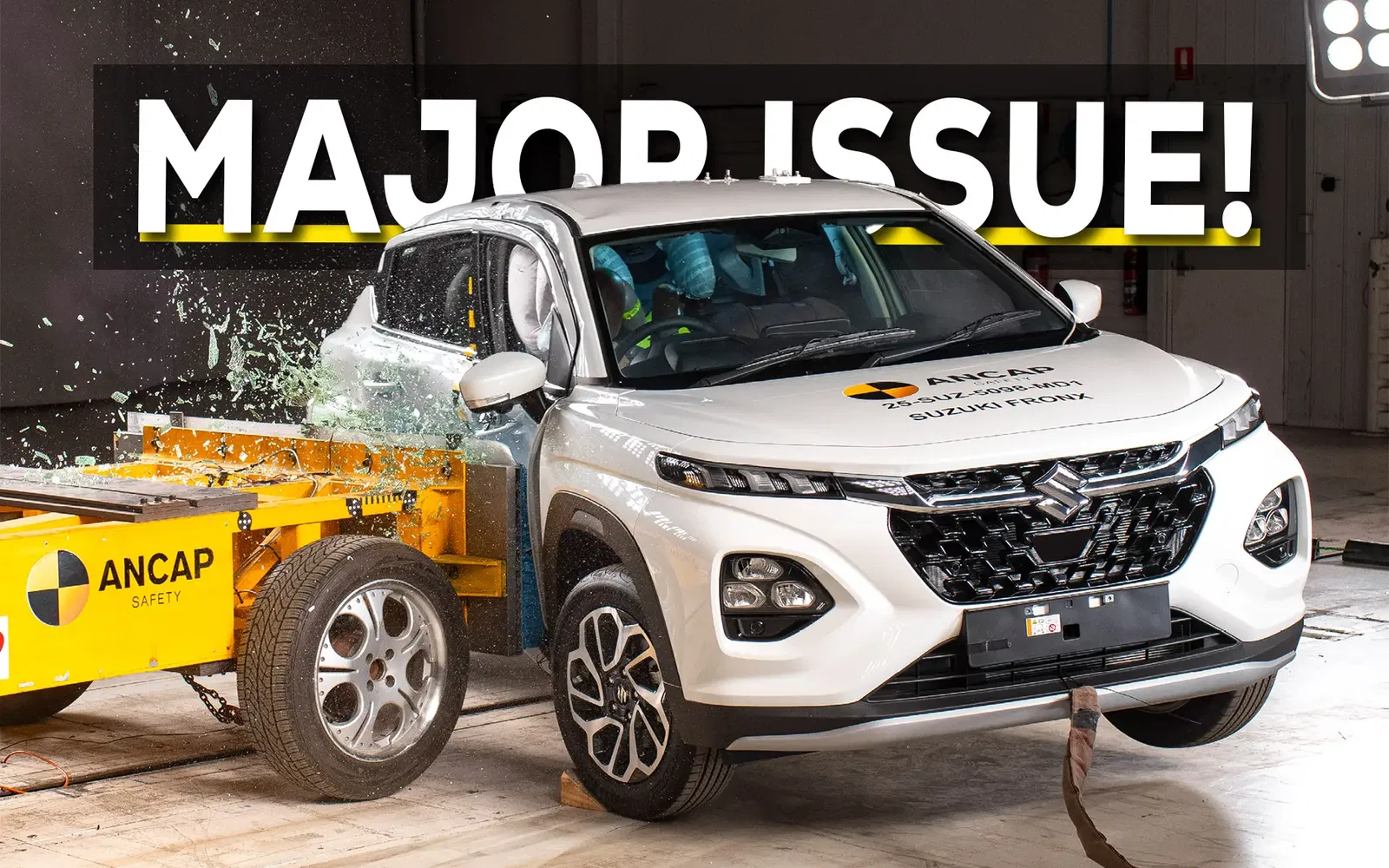In the heart of BMW’s engineering division, innovation is more than just a buzzword; it’s a culture. This ethos is exemplified by Stella Clarke, a mechanical engineer whose journey from Sydney to Munich has led to one of the most exciting developments in automotive technology: the ability to change a car’s exterior colour at the touch of a button.

Stella’s story is one of passion, perseverance, and the unique opportunities afforded to engineers at BMW. After completing her studies in Australia, the U.S., and finally her Ph. D in the field of Haptics in Munich, Germany, she joined BMW, where she brought to life an idea that seemed like science fiction—a car that could change its colour using e-Ink technology, similar to that found in e-readers. What started as a side project has evolved into a groundbreaking innovation that has captured the imagination of both the automotive industry and the public.
“The idea began with a simple fascination for the technology in e-readers,” Clarke explained. “I saw the potential for something much bigger and began working on it in my spare time.” This was no small feat; Stella balanced her work in BMW’s user interface development team with her passion project, pushing the boundaries of what was thought possible.
At BMW, engineers like Stella are given the opportunity to pitch their ideas internally. The company’s ‘maker’ culture allows anyone with a vision to present their ideas to management and, if successful, secure funding to bring those ideas to life. “It’s incredible to be part of a company that supports innovation at every level,” Clarke said. “Anyone can have an idea, and if you can convince someone of its potential, you get the resources to develop it.”

One of the most intriguing aspects of Stella’s work is the potential for future customization. When I recently asked her at BMW HQ Melbourne about the possibility of open-sourcing the code so that anyone could program their own colour-changing car, Stella’s enthusiasm was palpable. “Of course!” she said, her eyes lighting up. “The thought of people being able to create their own designs, to truly personalize their cars, is incredibly exciting. It’s where I see the future of this technology going.”
{{AD}}
The Evolution: From iX Flow to Vision Dee
The first major milestone in Clarke's project was the unveiling of the BMW iX Flow at CES 2022. This prototype showcased the remarkable ability to change the car's exterior colour seamlessly, on the fly.

"The iX Flow was our proof of concept," Clarke explains. "It demonstrated that we could integrate e-Ink technology into a vehicle's exterior and control it precisely. Seeing it in action was a surreal and rewarding experience."
Building on this success, Clarke and her team introduced the BMW Vision Dee in 2023, pushing the boundaries even further. This iteration featured a higher resolution, full-coloured display, transforming the car's exterior into a dynamic canvas for expression and communication.

"With Vision Dee, we wanted to show that the technology isn't limited to simple black and white or simple patterns," says Clarke. "We achieved a spectrum of colours and new designs, opening up a new range of possibilities."
Energy Efficiency and Bi-Stable Technology
A key feature of the e-Ink technology is its bi-stable nature, meaning that once a colour is set, it remains in place even if the power source is removed. This makes the technology exceptionally energy efficient, as it only requires power when changing colours, not to maintain them. Each panel can be powered by a low-voltage source, such as a 12-volt battery, making it ideal for integration with electric vehicles (EVs).

"The energy efficiency of this technology opens up exciting possibilities," Clarke notes. "For instance, regenerative brakes in EVs could be used to power the colour-changing panels, adding a new layer of functionality to the vehicle's design.” Because the colour remains stable without a constant power supply, it aligns perfectly with the energy-conscious approach of modern electric vehicles.
Overcoming Challenges on the Road to Production
While the prototypes have generated excitement and acclaim, transitioning this technology into production vehicles presents significant challenges. Clarke acknowledges that ensuring durability and reliability is paramount.

"One of our main hurdles is making the e-Ink surface resilient to wear and tear," she notes. "We have to ensure it can withstand stone-chip damage from debris on the road and endure extreme temperature fluctuations during shock testing. These are rigorous standards that all production cars must meet, and we're actively working on solutions to reinforce and protect the e-Ink layers."
Despite these obstacles, Clarke remains optimistic about the future integration of e-Ink technology in consumer vehicles. "We're making steady progress," she asserts. "Each prototype teaches us more, and we're confident that with continued innovation, we'll overcome these challenges."
A Vision for the Future: Sprayable e-Ink and Infinite Customisation
Looking ahead, Clarke envisions a world where e-Ink technology becomes even more versatile and accessible. Her goal is to develop a sprayable e-Ink coating that can be applied to any vehicle surface, allowing for remote control over colour changes and designs.
"Imagine being able to change your car's colour or display personalised graphics from your smartphone," Clarke muses, her eyes lighting up with enthusiasm. "It would revolutionise the concept of vehicle ownership and identification."

Currently, designs like the i5 Flow Nostakana feature 1,349 individual pre-designed segments, enabling complex patterns and animations. However, future advancements may allow for arbitrary segmentation, offering limitless possibilities for creativity.
"We're exploring ways to segment panels dynamically, enabling any design imaginable," Clarke explains. "This could transform cars into moving pieces of art or even functional displays for information and communication."
Collaborations and Wider Applications
The groundbreaking nature of Clarke's work has not gone unnoticed beyond the automotive industry. She hints at potential collaborations with major fashion labels, eager to use e-Ink technology to integrate their designs into the surface of a car.

Additionally, interest has been expressed in military applications, though details will remain unspecified. One can imagine the active camouflage abilities that such a technology could enable, however.
Honouring Cultural Heritage Through Innovation
Clarke's journey with the i5 Flow concept car is a testament to the power of cultural inspiration and technological innovation. The project drew significant inspiration from South African artist Esther Mahlangu, renowned for her vibrant Ndebele patterns, and whose indigenous name - Nostakana - graces the i5 Flow prototype.

Clarke reflects on the challenges of initially conveying her vision using small, basic e-Ink prototypes, stating, "It’s hard to convince people with just a tiny square; you have to paint a picture in their minds. I kept saying 'imagine' a lot, trying to get people on board."
The turning point came when Clarke introduced Mahlangu's art during a pitch. "At the end of my pitch, when I showed a piece of Esther Mahlangu's work, it all clicked for people," she recalls. Mahlangu's art not only captured the essence of the project but also helped others see the potential of e-Ink technology in a new light.

Determined to bring this collaboration to life, Clarke travelled to Johannesburg to meet Mahlangu in person. Together, they worked on incorporating Mahlangu's traditional patterns into the i5 Flow’s design. "Sharing that moment with her was incredibly moving," Clarke shares.
The Road Ahead
As Stella Clarke and her team continue to push the envelope, the future of automotive design looks more dynamic and personalised than ever before. With ongoing advancements and cross-industry collaborations on the horizon, e-Ink technology stands poised to redefine how we interact with and perceive our vehicles.










FAQ
What is e-Ink technology, and how is it used in BMW vehicles?
e-Ink technology, similar to that found in e-readers, allows BMW vehicles to change their exterior colour at the touch of a button. This technology is energy-efficient and bi-stable, meaning once a colour is set, it remains without drawing additional power.
How does the e-Ink technology in BMW cars save energy?
The e-Ink panels in BMW cars are bi-stable, requiring power only when changing colours, not to maintain them. This makes it highly energy-efficient, aligning well with the energy-conscious design of electric vehicles (EVs).
What are the challenges of bringing e-Ink technology to production vehicles?
The main challenges include ensuring the durability of the e-Ink surface against stone-chip damage and extreme temperature fluctuations. BMW is actively working on solutions to make the technology resilient enough for everyday use in production vehicles.
What is the future of e-Ink technology in automotive design?
BMW engineer Stella Clarke envisions a future where e-Ink is used as a sprayable coating, allowing for remote-controlled colour changes and custom designs. This technology could revolutionise vehicle personalisation and interaction.
Are there any collaborations or other applications of BMW’s e-Ink technology?
Yes, BMW’s e-Ink technology has attracted interest from major fashion labels and the military. Potential collaborations could lead to innovative applications in adaptive camouflage, dynamic fabrics, and more.
How did South African artist Esther Mahlangu inspire the design of BMW’s i5 Flow Nostakana?
Esther Mahlangu’s vibrant Ndebele patterns inspired the design of the i5 Flow Nostakana. Stella Clarke incorporated Mahlangu’s traditional art into the vehicle’s design, celebrating cultural heritage through innovative technology.
Sign up to our newsletter
Be the first to know when we drop new car reviews.
.avif)









